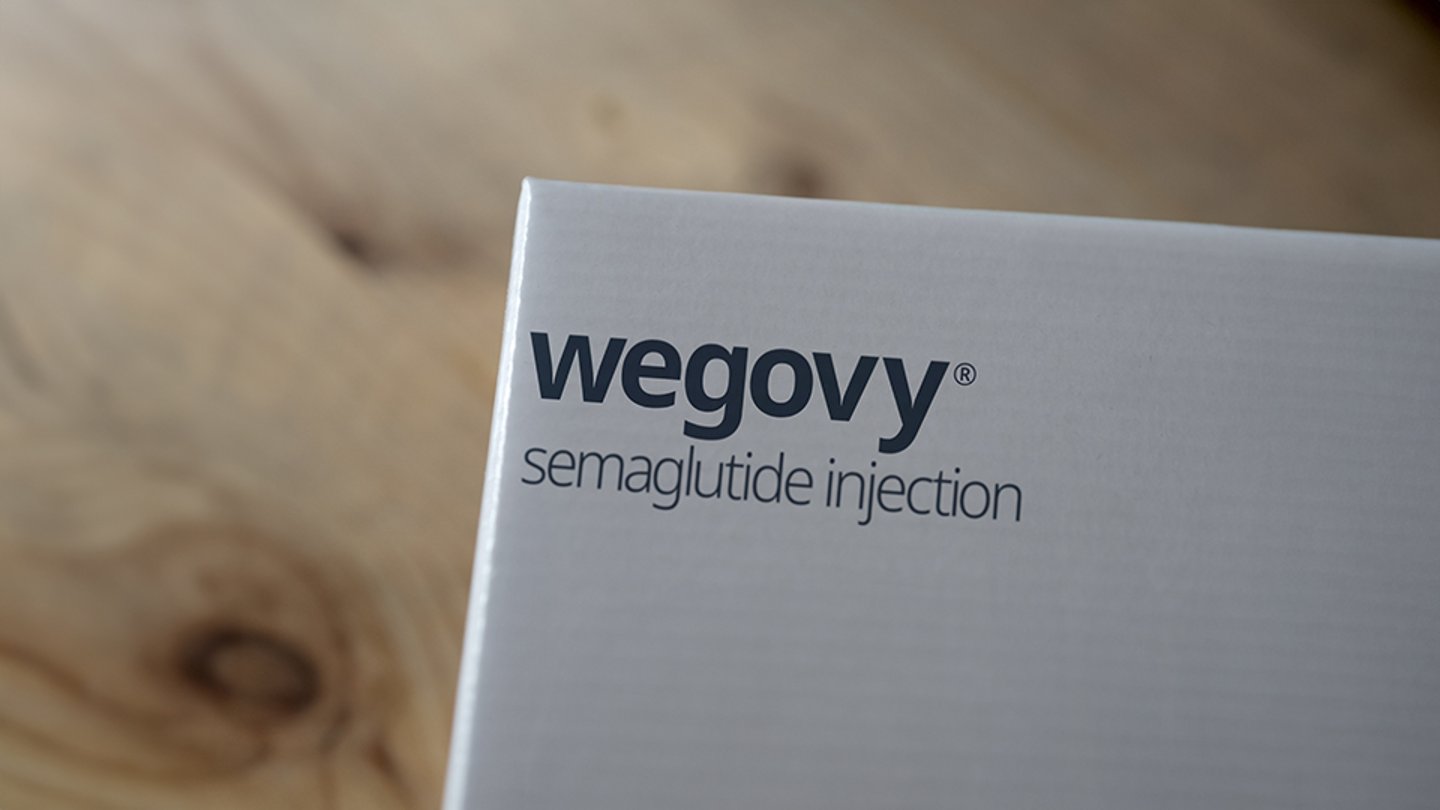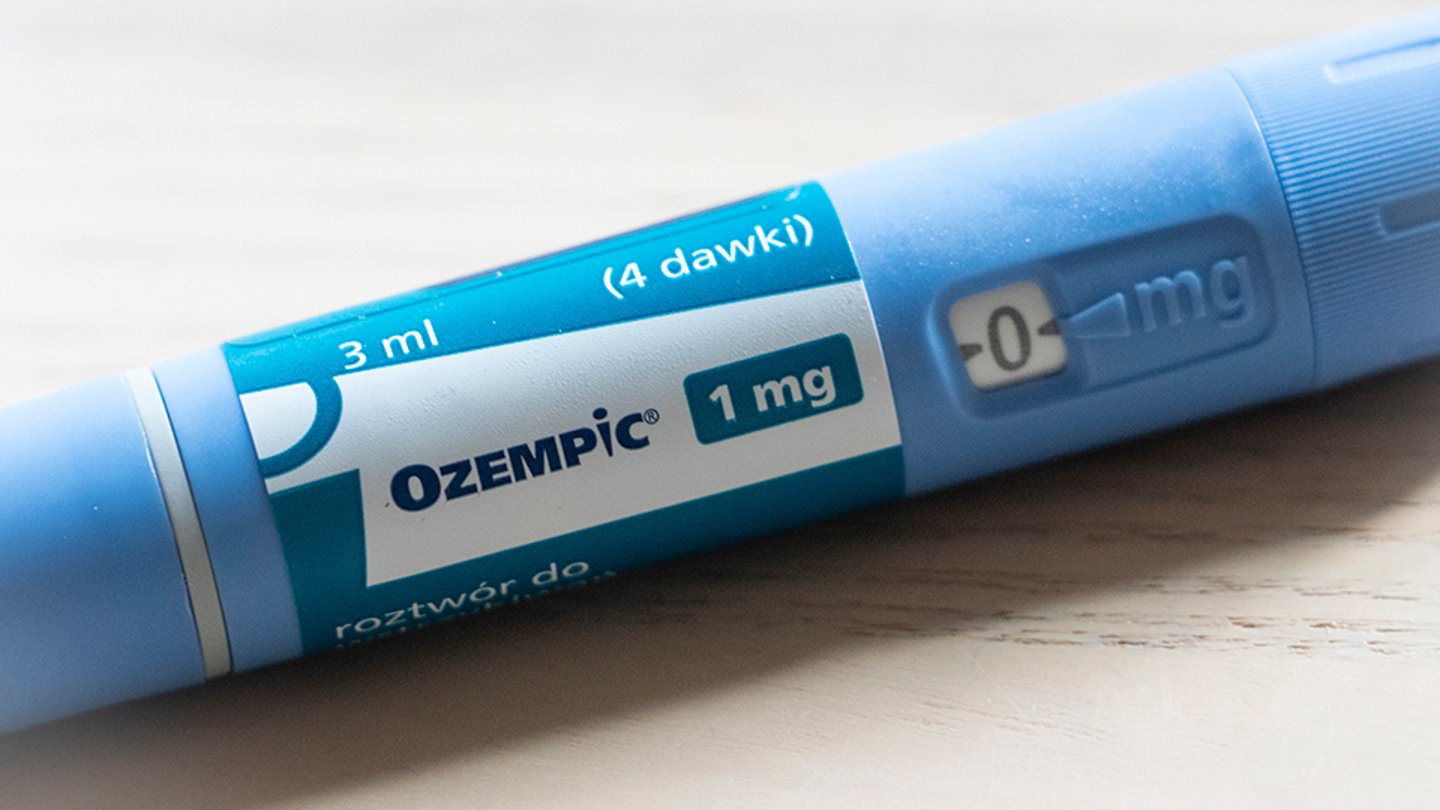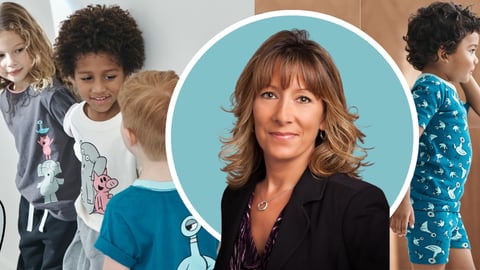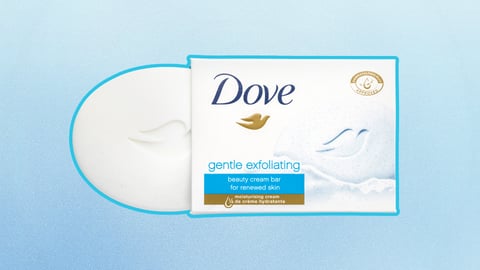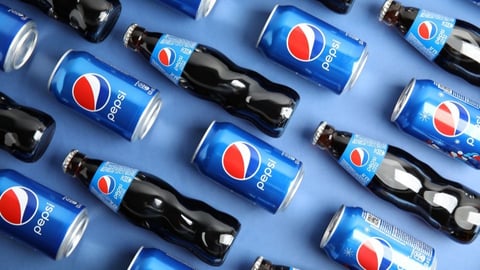What CPGs Think About Ozempic and GLP-1 (Hint: More Data, Please)
Though alarm bells have been ringing about the potential impact of glucagon-like peptide-1 (GLP-1) drugs on food and beverage purchase habits, a recent study indicates this is merely another consumer behavior trend to navigate — and many consumer goods leaders say more data is needed.
Initially developed for people with Type 2 diabetes, GLP-1 medications, which are prescribed under several brand names including Ozempic and Wegovy, have gained popularity as a weight-loss option. Morgan Stanley estimated the number of people taking GLP-1 medications could reach 24 million, or nearly 7% of the U.S. population, by 2035, and cautioned in September that the food, beverage, and restaurant industries could see softer demand.
Fueling concerns were comments by Walmart CEO John Furner in a Bloomberg interview last month, in which he said they’ve seen a slight pullback in overall baskets from people taking GLP-1 and other appetite-suppressing medications.
By The Numbers
Food & Beverage Items Purchased Per Trip
GLP-1 Households: 26
All Households: 25.1
Declines vs. Last year
GLP-1 Households: 1.8 units
All Households: 1.1 units
Food & Beverage Items Purchased Per Buyer
GLP-1 Households: 8 per month
All Households: 7.9 per month
Source: Circana; 52-week period ended 10/8/23
However, Walmart CFO John David Rainey also noted that those taking these drugs tended to spend more with the retailer overall. Having a household member on GLP-1 doesn’t necessarily translate to smaller baskets or fewer trips, according to Circana data released this week; instead, these households are strategically shifting their food and beverage choices, the research firm said.
“Disruptive products and trends are not new to the CPG industry,” Sally Lyons Wyatt, Circana EVP and practice leader, told CGT. “GLP-1 medications have been disruptive because of the dramatic impact on weight loss, but the drugs are just another headwind that manufacturers and retailers need to navigate through to ensure they are delivering on the needs of their target consumers.”
Perhaps unsurprisingly, leaders at CPGs including Hershey, Coca-Cola, Mondelez, PepsiCo, and Keurig Dr Pepper were consistently queried during the most recent round of earnings calls to share their perspectives on potential consumer behavior impacts.
While the noise may have rattled some investors, many CPG leaders indicated they weren’t overly worried at this time. Indeed, GLP-1 households scaling back on food and beverage purchases are doing so at rates similar to average U.S. households, according to Circana’s data, and unit sales declined a scant 0.1% more than the national average in the last year.
The leaders almost unanimously agreed they were nonetheless monitoring the trend, and Wyatt advised consumer goods companies to handle this like any other disruptive trend and/or product, rather than overreacting.
“Food and beverage manufacturers need to be very aware of GLP-1 medications’ length of use, side [effects], and overall impact to eating and drinking, especially with their own products, while on the drug,” Wyatt said. “With this information, CPGs should include a GLP-1 consumer approach in their strategic plan along with other cohort groups to attract and/or retain across their portfolio.”
Brand Opportunities
While a pullback in spending could be problematic for one category, these shifts also provide opportunities for others, such as health and wellness brands. For example, GLP-1 households increasingly favor high-protein, energy-boosting, hydration, and convenient snack products, according to Circana.
Fittingly, The Simply Good Foods Company, which manufacturers such nutritional brands as Atkins and Quest, views the trend as a tailwind. The company shared in its earnings call that it's conducted its own consumer research, which CEO Geoff Tanner said indicates their products are a “perfect complement” for consumers taking the drug, as well as a perfect offering for when they stop taking it but want to retain the behavior habits of eating smaller portions.
Tanner said they’re working with several external partners to build a sizable, addressable audience of consumers taking or interested in the drugs, and plan to deliver targeted communication, brand messaging, and offers for their products later this fiscal year.
Patty Altman, EVP and practice leader, consumer and shopper insights at Circana, told CGT that as usage of these drugs increase, we can expect to see an impact from some people coming off the drug, which is more consumer data worth monitoring.
“These consumers will likely look for other ways to maintain loss, manage any adverse side effects, and overall general health concerns as a consequence of using GLP-1, which likely influence future behavior,” said Altman. “Managing the current trends as a result of the emergence of weight-loss drugs is certainly top of mind, but as important is anticipating unintended outcomes that will likely lead to additional consumer needs.”
CPGs Wait and See
For the most part, consumer goods leaders indicated that it’s still too early to tell what an impact could look like — and whether there will be one at all. Hershey Company CEO Michele Buck noted that it’s still very early days and said they don’t believe the drug is having a material impact on business at this point.
“I think we all know there's a lot of data coming out,” she noted. “There's still so many unknowns regarding the rate of adoption, the impact on food choices, the medium- to longer-term impacts on consumers, and we're doing more work constantly to understand those future potential impacts on our categories.”
For his part, Mondelez CEO Dirk Van de Put told investors he believes “the whole topic has been overblown.” While they’ve set up a special workstream to monitor the trend, the snack giant sees no short-term impact at this stage, and they expect any long-term category volume impacts will be modest.
Having quality data in reacting and responding to these types of consumer behavior trends is extremely important, highlighted Robert Gamgort, CEO of Keurig Dr Pepper.
“What we would want to see as an industry, before you go with any conclusions, is you'd want to see known GLP-1 users and be able to match their behavioral data over time,” he said in their quarterly call. “Self-reported data, survey data, trying to figure out who might be a GLP-1 consumer is really dangerous.”
- Consumer Goods Leaders Weigh In
The potential impacts of GLP-1 medications were top of mind for investors on the slew of recent quarterly earnings calls. Here’s a snapshot of how some consumer goods leaders responded to their questions.
“At this stage, I think that's too early to assess any overlap or change in behavior in relevant consumer groups. You see that the penetration of these drugs is still very small, and that is a relatively wide range of points of view on where this is going with very limited data. I think that for us, we don't see any impact so far in the business.” — Anheuser-Busch InBev CEO Michel Doukeris
“We're looking in and studying it seriously. Like any upcoming trend or changing consumer habits, we do believe at this point that it is too early to tell the effects, also the side effects and potentially scalability.” — Grupo Bimbo COO Rafael Pamias
“We see this as a significant long-term opportunity. We're clearly still in the early innings of these drugs and their adoption. But we wanted to get a jump start on it.” — Simply Good Foods CEO Geoff Tanner
“Obviously, we're looking at this, along with many other positive and negative potential risks for our business and our category. So far, the impact is negligible in our business. Overall, if you take global consumption, there are obviously a lot of question marks with regards to the obesity drugs when it comes to medical testing or scalability of the usage of this or what is the impact really on consumer choices. So a lot of question marks.” — PepsiCo CEO Ramon Laguarta
“It is an area that we are very focused on. There are still a lot of views out there as to what impact, if any, it will have. I would offer, if you'd step above us and look at the thrust of our total beverage strategy over the last few years, that we are well-positioned to provide choice and to provide options for people's respective motivations and needs. And so we'll continue to monitor this space, but we're confident that the total beverage strategy, 68% of our products have lower or no calories today, and we continue to invest in innovation and choice to deal with whatever comes out of.” — The Coca-Cola Company president and CFO John Murphy


